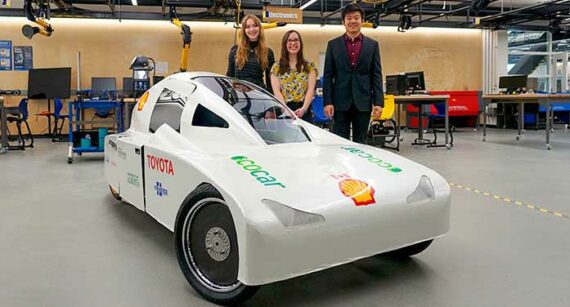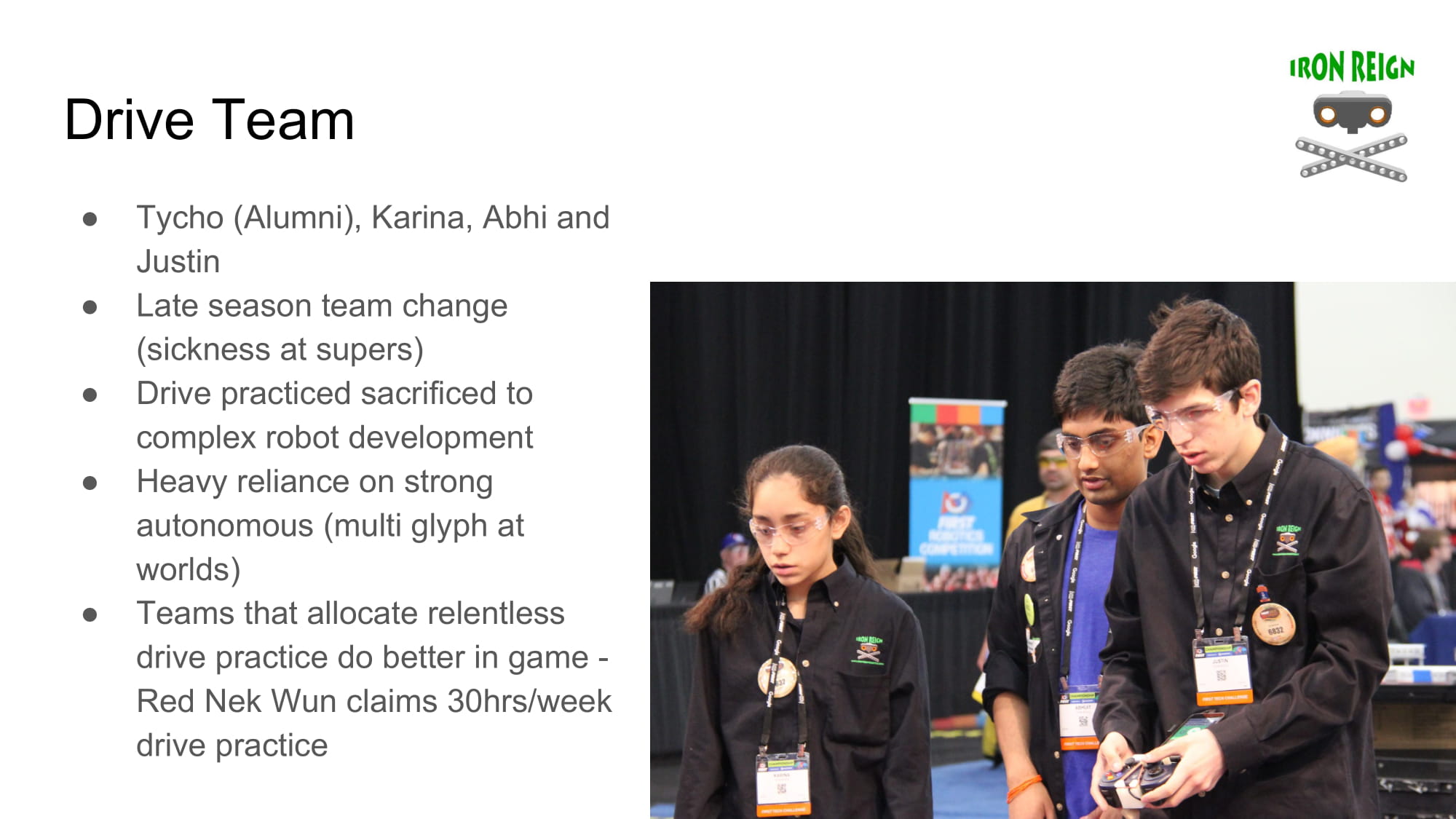

The other major innovation with Voskhod was that, despite being no bigger than Vostok, to compete with America’s two-man Gemini spacecraft, it needed to carry more than a single cosmonaut. The Vostok, however, was entirely covered in heat-resistant material and was simply weighted at the bottom so it faced in the right direction. Mercury astronauts had to carefully orientate their capsule for the heatshield to protect them. The cannonball design of the Vostok also made re-entry to the Earth’s atmosphere simpler. Korolev, however, was among several people to whisper the numbers to Gagarin before his flight.
#SPACE ENGINEERS WORLD FOR TWO COMPETITIVE CODE#
The code was sealed in an envelope beneath the seat, to be opened if the automatic systems failed.
#SPACE ENGINEERS WORLD FOR TWO COMPETITIVE MANUAL#
The only way they could release the few manual controls was to punch in a secret code on a keypad. Vostok operated automatically to a pre-determined sequence, leaving the cosmonaut with little to do. US Mercury astronauts were expected to pilot their ships. The absence of complex instrumentation also revealed another fundamental difference between the two nations. This gave the occupant an indication of their position in orbit. Mounted within this box was a painted globe of the Earth, its movement controlled by an electro-mechanical computer driven by wheels and cogs. There was a radio – which looked like a car radio, with a telegraph key to transmit morse code as a back-up – and a single instrument panel. Vostok, on the other hand, resembled a giant hollowed-out cannonball lined with padding. It was a marvel of electronics and miniaturisation. Barely larger than the man inside, the cone-shaped Mercury module was crammed with switches and dials, levers and buttons. The Soviet Vostok capsule that would carry the first man and, later, first woman into space certainly bore little relation to Nasa’s Mercury spacecraft. “The American aircraft industry had transitioned from vacuum tubes to transistors, but the Soviets were still using vacuum tubes in their spacecraft up through the mid-1960s.” “Unlike the Americans, they didn't have to worry about making those leaps of miniaturising or making the technology more compact,” says Lewis. This meant that when it came to launching a spacecraft with a cosmonaut on board, this could be larger too. Because Soviet nuclear weapons were bigger and heavier than their US counterparts, the rockets had to be more powerful. At some 30 metres tall (110ft), and with four boosters strapped to its sides, the rocket’s size was determined by the mass of the nuclear warhead it carried. The R7 launcher, for instance, was designed as an intercontinental ballistic missile. Simplicity was sometimes driven by the limitations of Soviet technology. Korolev’s engineers came up with brilliant engineering solutions to the challenges of human spaceflight, often different to those chosen by their American counterparts. “It takes an incredible amount of energy and effort to preserve human life in space.” “Not enough credit goes to the engineers and the technicians who worked on the spacecraft, because they're the armies that really made this possible,” says Cathleen Lewis, curator of International Space Programs at the Smithsonian Air and Space Museum in Washington DC.

Eight objects that define the Soviet space race.Yuri Gagarin: The spaceman who came in from the cold.But, unlike his famous American rival Wernher von Braun, the identity of the “Chief Designer” was considered too precious to share with the world.

The propaganda value alone of his work was enough to guarantee the Soviet Union’s superpower status. Korolev spent several months in a gulag in Siberia and spent years working on projects imprisoned in a special jail for intellectuals. His achievements, however, came after years of imprisonment during Stalin's purges of the 1930s. He developed the capsules, control systems and rigorous checks that ensured that every person he sent into space during his lifetime came back alive. This genius at the heart of the Russian space programme was one of the Soviet Union’s most closely guarded secrets.īorn in Ukraine, Korolev oversaw the design of the vast R7 rocket that launched the first satellite, first dog, first man, first woman and first spacewalker into orbit. Only when he died in 1966 was the name of the Chief Designer, Sergei Pavlovich Korolev, revealed to the world. It was an overwhelming, and largely spontaneous, celebration of Soviet achievement.īut the engineer who made the first human spaceflight possible was nowhere to be seen. Within a few days of returning to Earth, Yuri Gagarin stood alongside Soviet premier Nikita Khrushchev in Moscow’s Red Square to be welcomed by tens of thousands of people cheering his success.


 0 kommentar(er)
0 kommentar(er)
